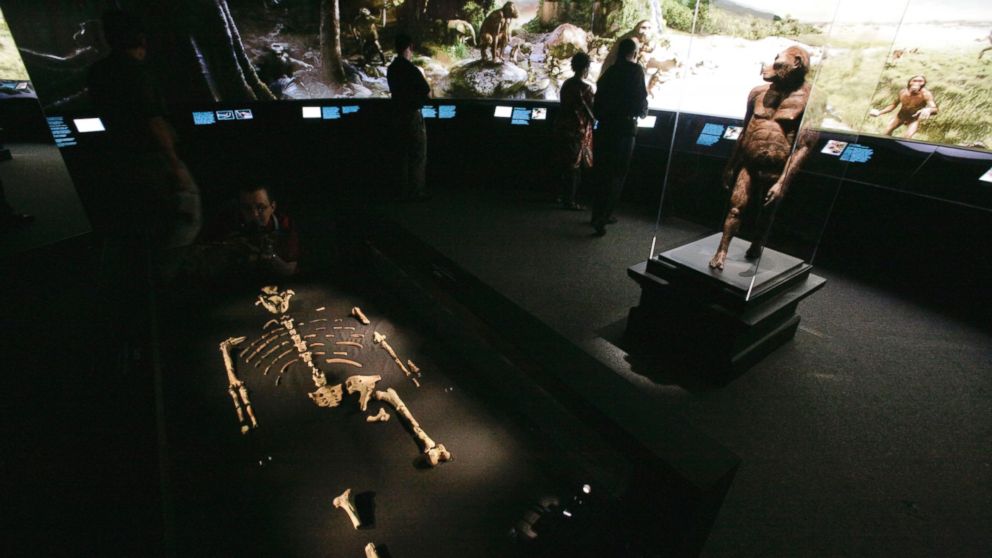Our 3-Million-Year-Old Ancestors Were a Lot More Handy Than We Thought
Dexterity of human ancestors goes much further back than previously thought.

— -- The evolutionary history of human-like hands that can grip and squeeze may go back as far as three million years, according to a new study by anthropologists that significantly pushes back the date when human ancestors acquired enough manual dexterity to manipulate tools.
It's a significant finding because Australopithecus africanus, which lived between two and three million years ago in what is now South Africa, was previously not believed to have made tools.
The skeletal fossils of the early humanoid were viewed using a powerful X-ray that allowed researchers to scan the bones.
Scientists were able to observe the trabeculae, an internal sponge-like structure in the bone that can provide clues as to how the bones were used when the Australopithecus africanus individual was alive.
What they found was a structure that is remarkably similar to the same one that allows modern humans to grip with the opposition of their thumb and fingers.
It's not clear if the human ancestor used stone tools or utilized its possible gripping abilities in other ways, however researchers said the findings could support previous archaeological evidence for stone tools use during that time.
The study was published in the journal "Science" and was a collaboration that also included researchers at various universities in England, Germany and Austria.




